
Plitvice Lakes |
| Getting There |
|
|
|
The Lower Lakes (Donja Jezera) (9 km - 150m ascent - 150m descent) |
|
|
|
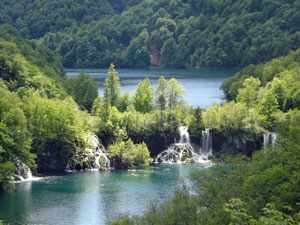 First view of the Plitvice Lakes |
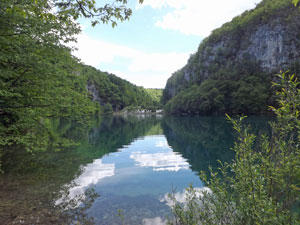 Cliff-lined Kaluderovac Lake |
|
|
||
|
|
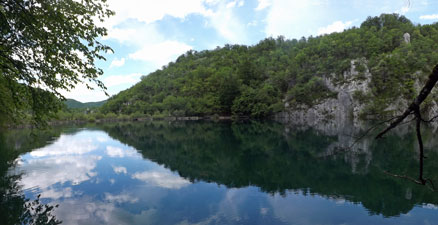 Reflections in Ganovac Lake |
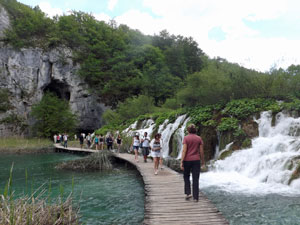 Walkway beneath the Veliki Cascades |
|
||
 Milka Trnina Cascades |
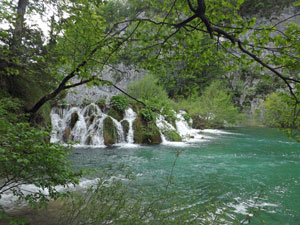 The colours of Plitvice |
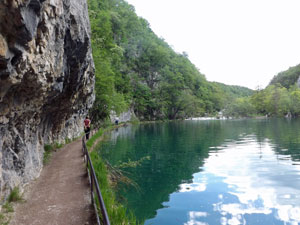 Path around Milanovac Lake |
|
||
|
|
|
|
|
| The Upper Lakes (Gornja Jezera) (13 km - 120m ascent - 120m descent) |
|
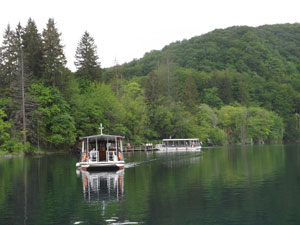 Ferry across Kozjak Lake |
|
|
|
|
||
|
|
|
|
||
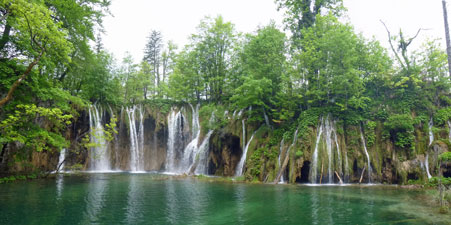 The highest travertine barrier in the upper lakes |
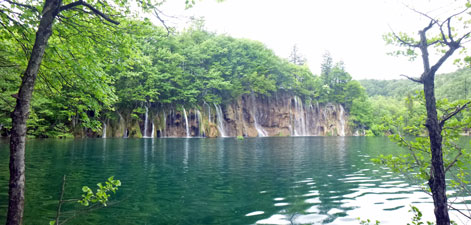 The deep turquoise waters of Galovac Lake |
|
|
||
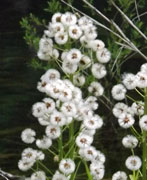 |
 Boardwalk across Batinovac Lake |
||
|
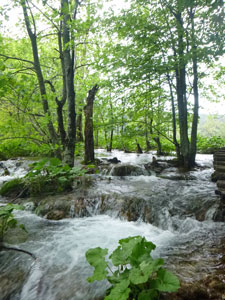 Water, water everywhere |
|
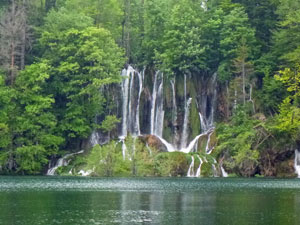 A lacework of waterfalls |
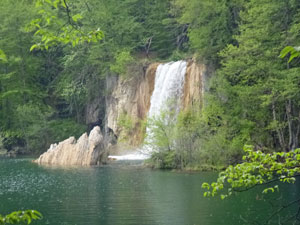 Waterfall from Ciganovac Lake to Okrugljak Lake |
|
|
|
|
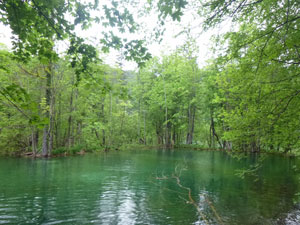 Green pools and beech |
|
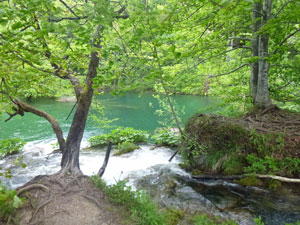 A channel in the Koruna |
|
    |